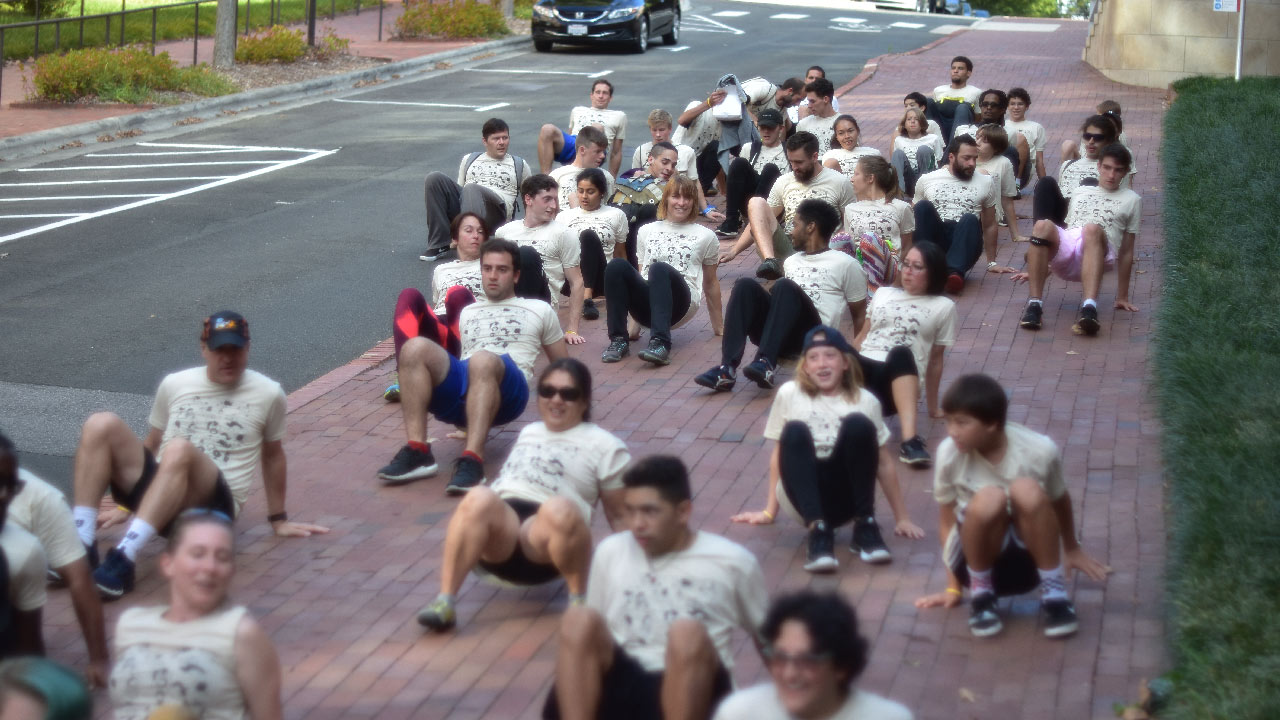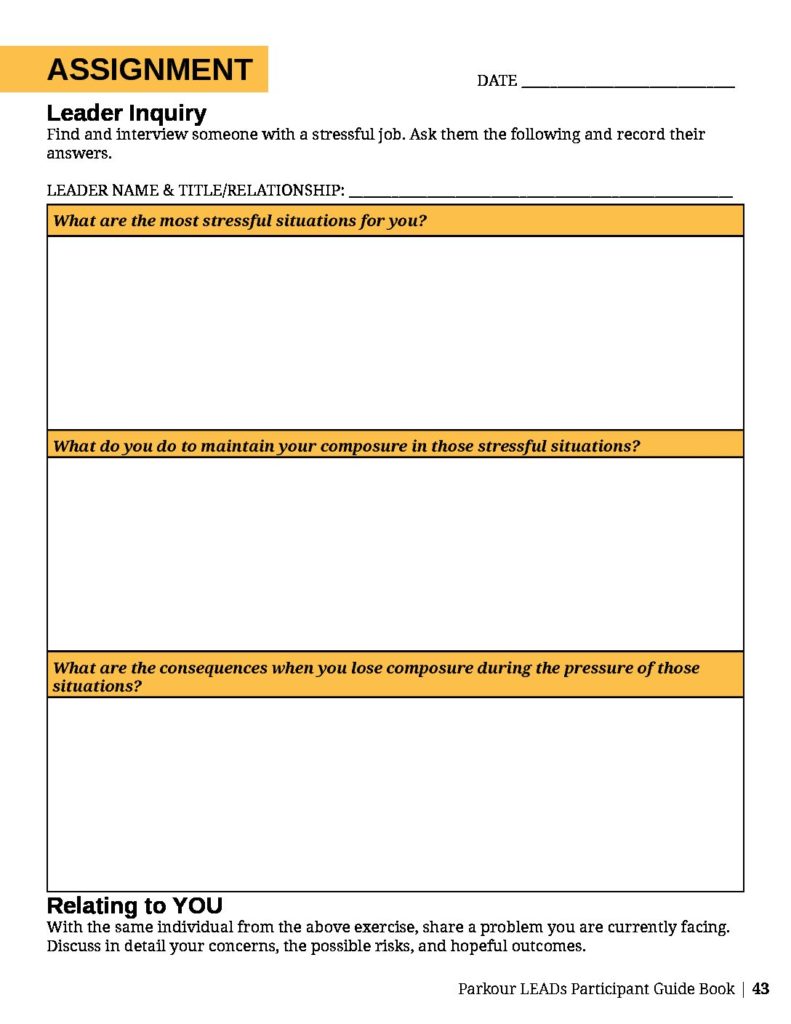05 | Composure

Composure
Optimism through Failure
Do you struggle to stay positive? We all live in a very stressful world that we interact with every day. The individuals around us and the media we consume place our attention on too many issues that we have no control over. The matter of fact is simple – our environment, the social networks around us, and the things we do can be incredibly overwhelming. A certain level of stress is beneficial and the key is to know when we’ve reached our threshold. With the ever-changing pace of the world, leaders need more composure than ever before.
A leader’s composure is reflected in their attitude and overall presence. Our ability to make those around us feel safe and secure comes from our ability to know and manage what we’re capable of. At times it may feel impossible to be positive in a stressful situation. And naturally, it is impossible to never have any negative thoughts. However, we can learn to change our mindset through practice thus giving us more control – creating a greater impact on our lives and for those around us.
Why is it important to have a positive mindset? When we’re feeling down, it is hard to hide it from others. Our negative mindset can affect our work, relationships, self-esteem, and more. When we’re optimistic, it can help us to achieve our goals, feel better about ourselves, and to keep us energized. We feel that positive energy is more happy and exciting to be around.
[Video] WIDE
WIDE is a beautiful parkour short featuring Alexander Bayturin. The unique storytelling and creative visuals of WIDE was one of the first of its kind in the parkour-space. What does this video inspire in you?
⇒ Leadership Questions
[Click ‘Next’ for additional questions]
Exercising optimism means we need to take ownership of our reactions, assessing risks objectively, and making appropriate decisions. When we’re caught in the middle of a negative situation, it can be daunting which leaves us anxious and intimidated. When you do catch yourself in moments like this, remind yourself to breathe. An extra two seconds can help us find new opportunities and re-frame how we look at where we’re going and the actions we’re taking.
How long will the problem last?
There’s never enough time, what if… Reducing our anxiety begins with a few truths:
- Time does exist.
- We can’t control or change time.
- We move forward with time.
With those three truths in mind, can we visualize the endpoint of our problem? Be thorough and answer all the questions of who, what, when, where, how, and why. How about the feelings that may arise throughout the process? Next, we can define and focus on how we will spend the remaining time left.
What does the problem provoke?
Write down all of your fears. Sometimes facing your problems head-on is important in learning how to move forward. Sit down and write down what is worrying you. List all the feelings and potential outcomes that arise with the challenge. You may find that some fears are incredibly ridiculous; maybe even some fears that you didn’t know existed. Other fears might be rooted in real consequences. Once your feelings are on the surface, we can start processing them. The list of potential outcomes takes us to the next step…
⇒ Leadership Questions
Is there anything I can do about the problem?
Sometimes we’ll be faced with a choice of giving up and taking a risk to get to the next step. For example, jumping a 4′-horizontal gap on the ground is a different puzzle with the same gap at an increased height, perhaps over our head. Risks are naturally scary and intimidating. It’s important to understand how to transform that fear into a manageable assessment with next-steps-forward. We have to ask ourselves: on the list of potential outcomes, which ones are most acceptable?
[Video] Just You, The Railing, and Your Mind
Stephane Vigroux shares an exercise on concentration and awareness in a video by Julie Angel. A good challenge can often teach us about how we deal with failure, work with others, and our motivations. When was the last time a parkour challenge taught you something new about yourself? And where do you see that play a role in other parts of your life?
Spheres of Influence
It can be helpful to visualize what we can control with “spheres of influence.”
- Control (I) – Things we have complete say over and can directly determine the outcome. They key is managing ourselves in mind and body.
- Influence (We) – Issues we can influence although we are not alone in determining the outcomes. This is often defined by our network of relationships. The keys are understanding communication and people.
- Concern (I, We, & It) [No Influence] – Matters that are out of our control or beyond our abilities. We are still aware of these factors and how they influence our life.
An individual’s action has the greatest effect when they impact broader systems by prioritizing what they can directly control.

[Example] Spheres of Influence
Attending a Parkour Sessions
- I control how hard I work, the skills I want to improve upon, and my pace at which I work.
- I influence the peers around me, how the public may perceive me practicing and my personal actions, and how I respect the environment I choose to practice with.
- The concerns beyond my control are others’ freedoms, the weather I’m training with, or time moving forward.

